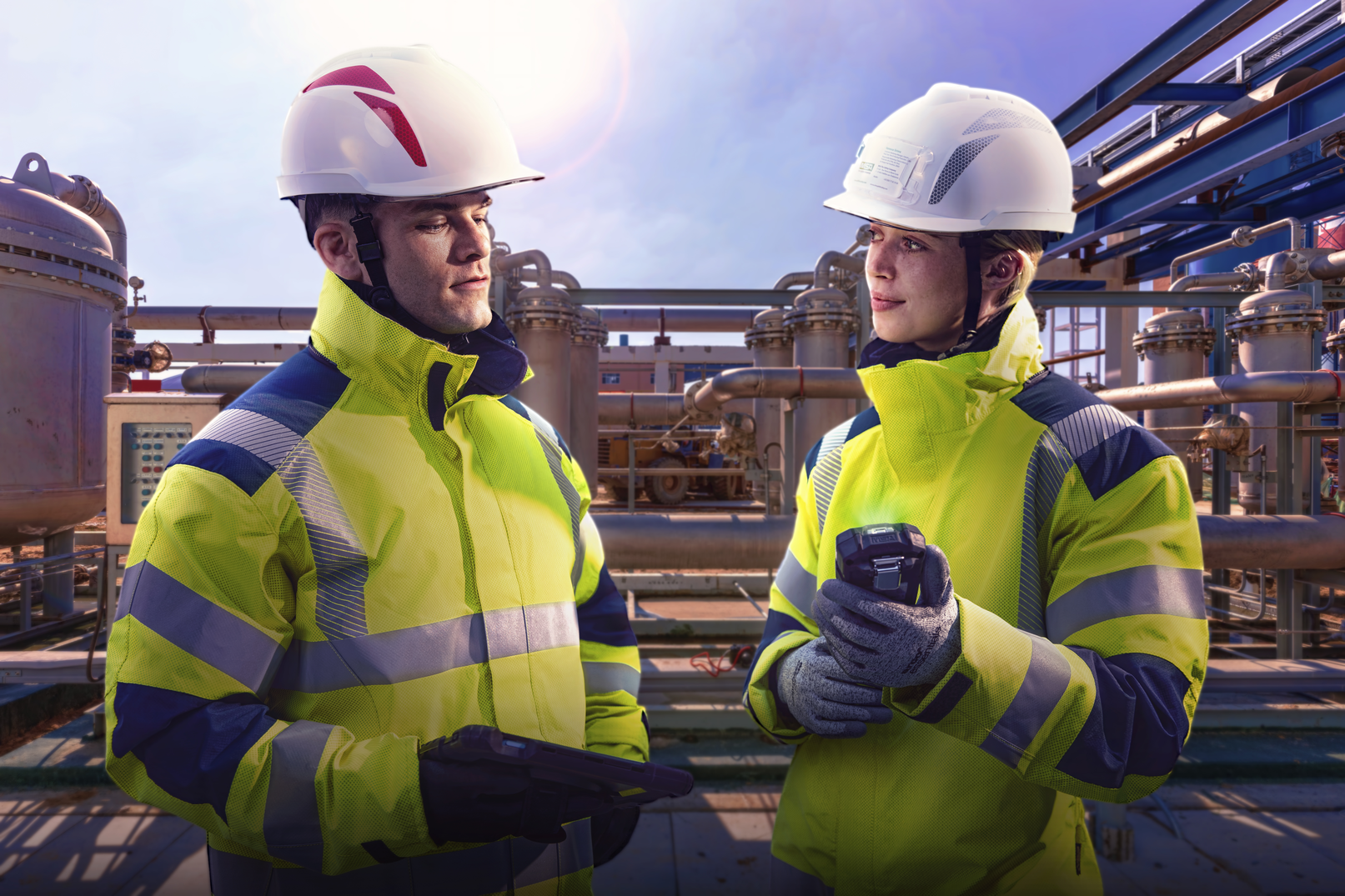
Does safer work mean slower work? It certainly doesn’t have to. With the benefits of connected working, you can increase productivity as well as safety. Connected systems allow you to make more efficient and productive use of your time and resources.
Put simply, connected working means linking your devices, tools, equipment, workers and managers to each other, and via wireless connectivity to a cloud-based software platform.
One of the most fundamental advantages is knowing each device’s location – without wasting time searching for it before work can start. Time is also saved by automating slow and error-prone manual processes. In addition, connected systems automatically gather powerful data which can be harnessed to improve operational efficiency.
Here are five ways in which connectivity can make your operation more productive.
1. Data and insight into working practices
Get deeper insights into your operation with huge data sets generated. This enables you, for instance, to optimise deployment of your assets and to identify areas for cost reduction. Improved practices also help reduce safety incidents – along with their related downtime and productivity losses.
2. Fast incident analysis
Information on all factors involved in an incident can be rapidly gathered and correlated from all parts of the connected system which helps in identifying and understanding root causes. Systematic analysis forms a sound basis for making process changes to reduce future risks.
3. Automating manual processes
Processes such as manual preparation of reports can be time-consuming and cumbersome. They are also prone to errors, which may ultimately lead to further time wastage. Tasks like this become streamlined and reliably accurate using a connected system. Managers can produce a usage report for a device or location in minutes. Leaving your team with more time to focus on putting data insights into practice and optimising productivity.
4. Automated asset management and scheduled maintenance
A connected system makes each device and its associated data visible – wherever it may be on your site or across your multi-site operation. That includes details like when its next service is needed and when its warranty expires. Maintenance scheduling software tools will automatically help you to keep your fleet of devices in good condition, and in productive action, with minimal downtime. Daily automated processes for checking devices in and out make users accountable and ensure they are returned. The fleet manager can even remotely adjust the settings of individual units, groups of devices, or the whole fleet.
5. Simple compliance
Manual auditing of device compliance in a large fleet is another process that swallows up time and is susceptible to errors. With connected devices, it becomes quick and easy. For instance, automation of checks and compliance test procedures can stop non-compliant units from being assigned for use. Out in the field, automated lockouts can prohibit the use of devices which have become non-compliant. Managers can see the compliance status of all devices, wherever they are. Again, these time savings free them to concentrate on continuous improvement and growth in productivity.
The primary purpose of connected safety systems is to keep workers safe, through better support, supervision, communication, information and equipment. However, as we have seen, productivity is an important additional benefit. In fact, when it comes to connected working, the issues of productivity and safety are tied together in a very positive way. You don’t want to compromise on safety, as the safest connected system will also bring you the highest productivity.
For further advice from MSA on connected safety and its productivity advantages, visit https://gb.msasafety.com/connected-work